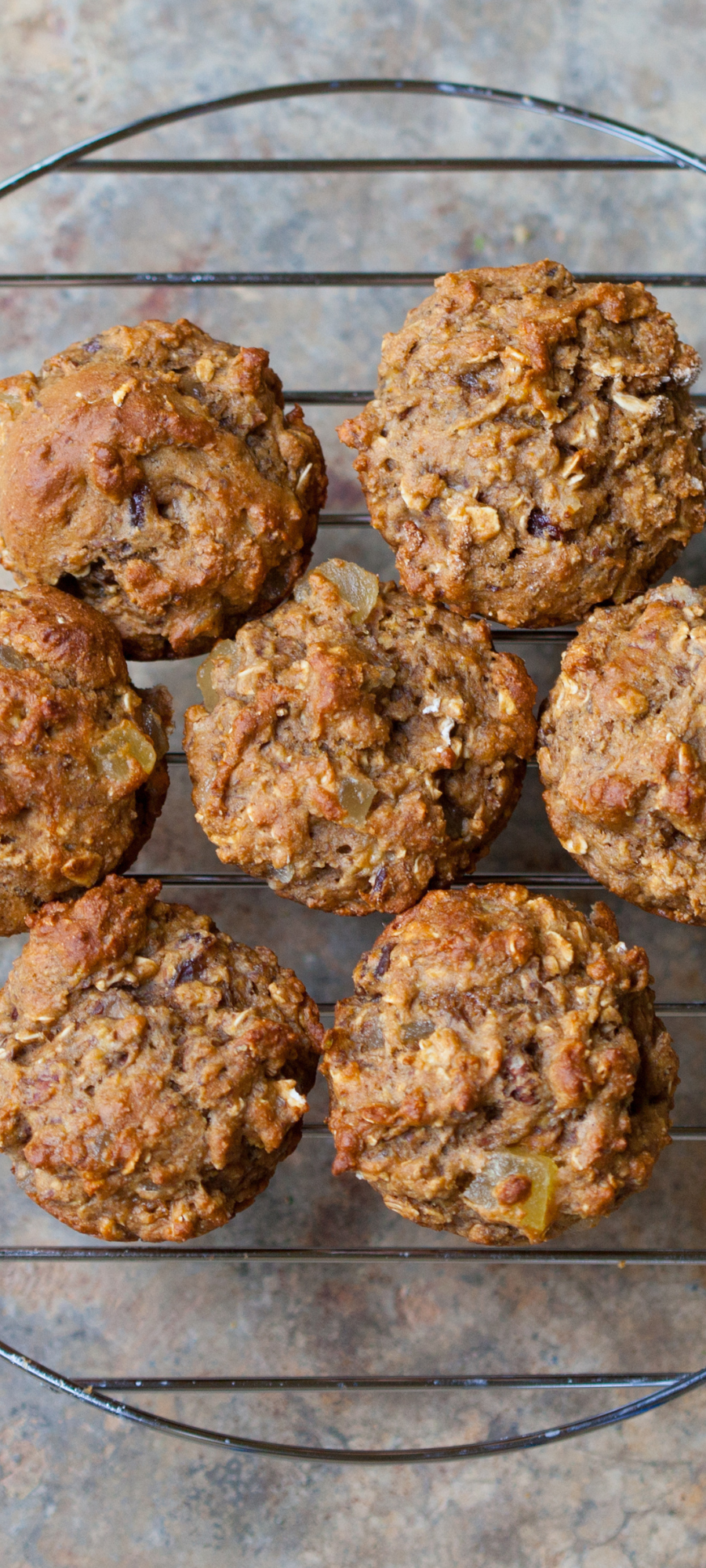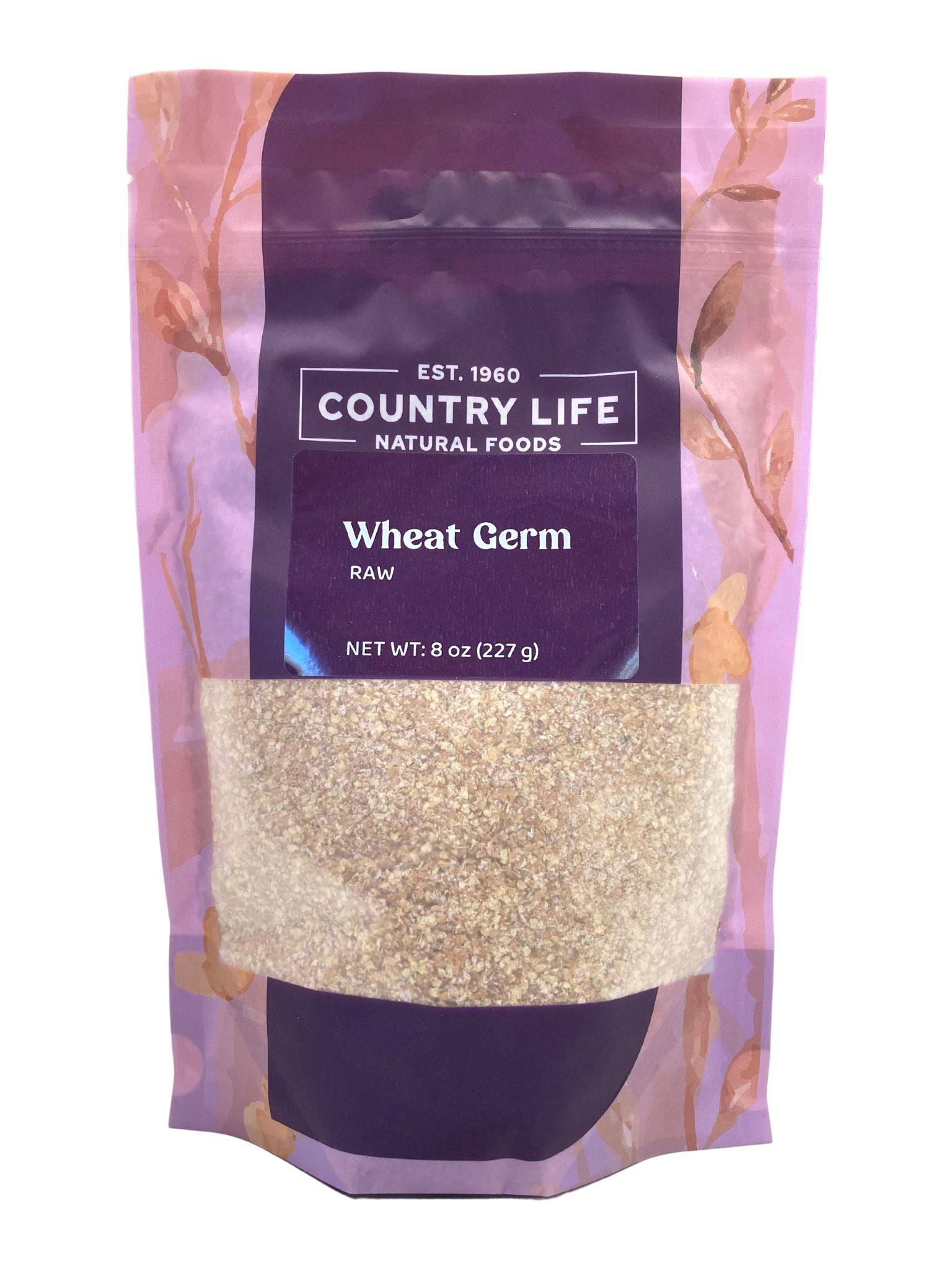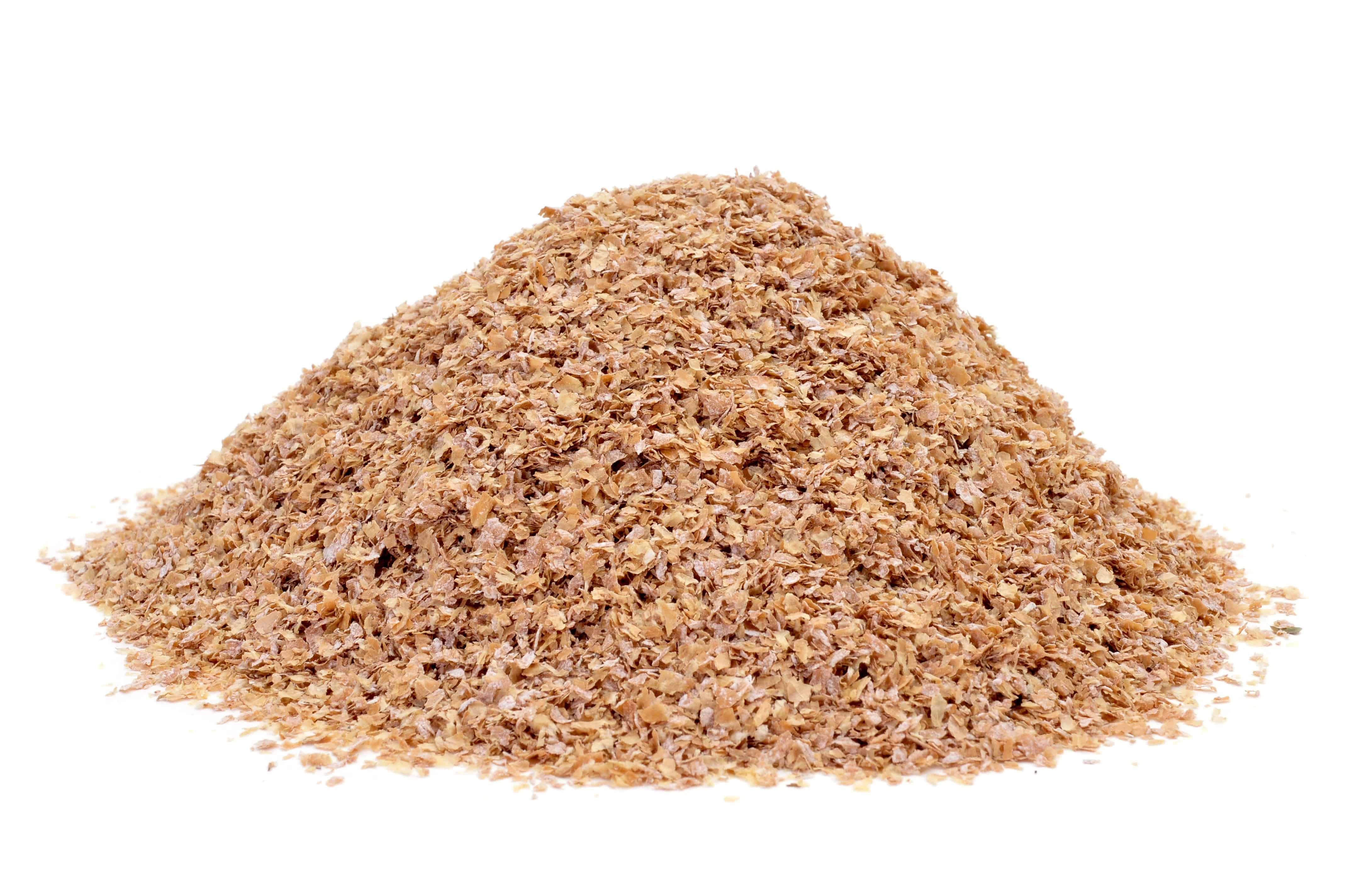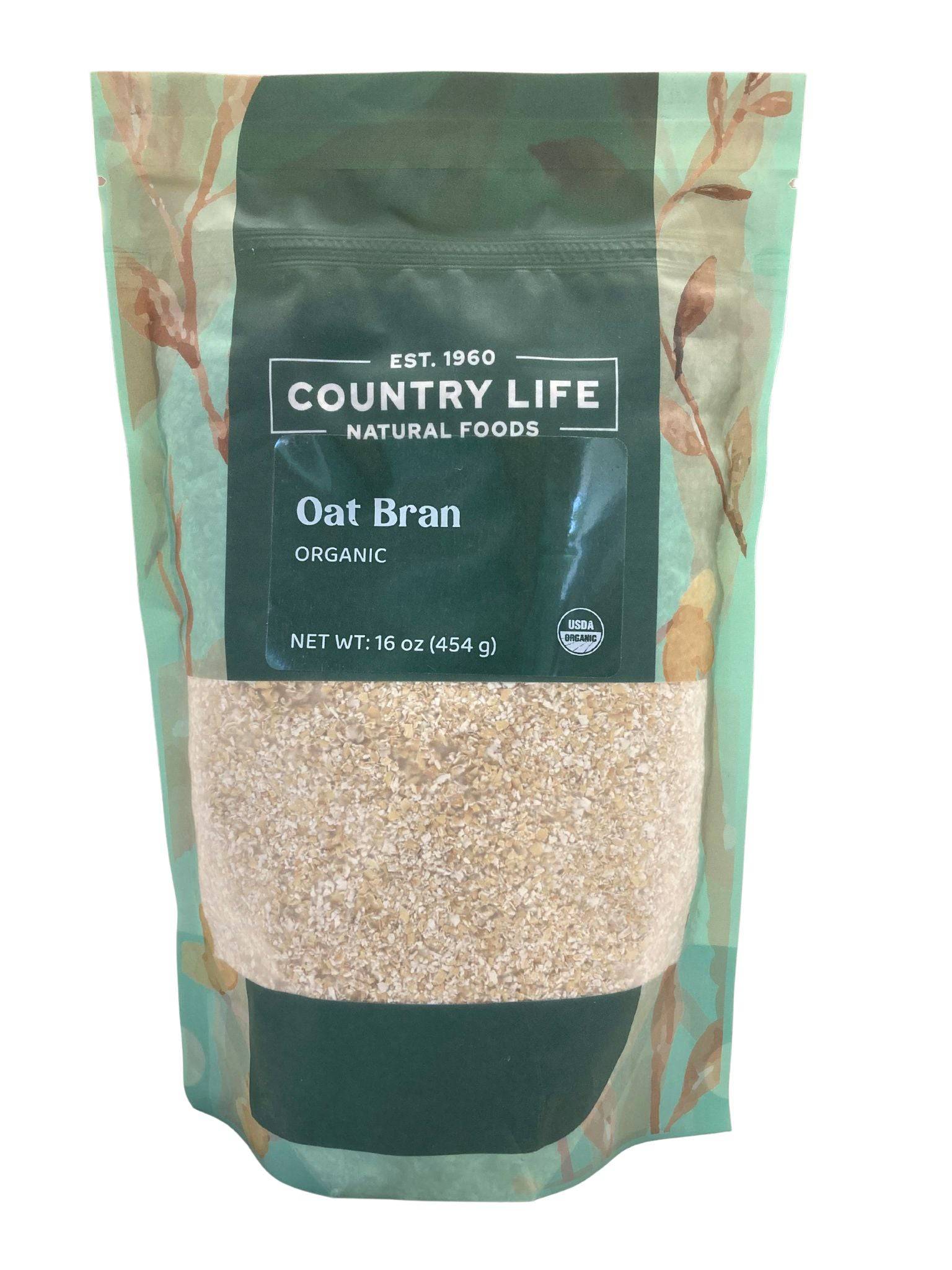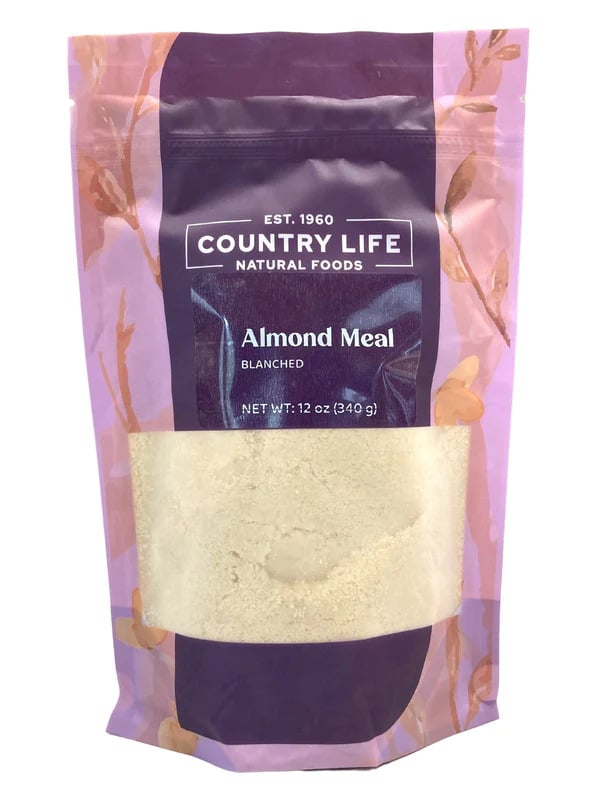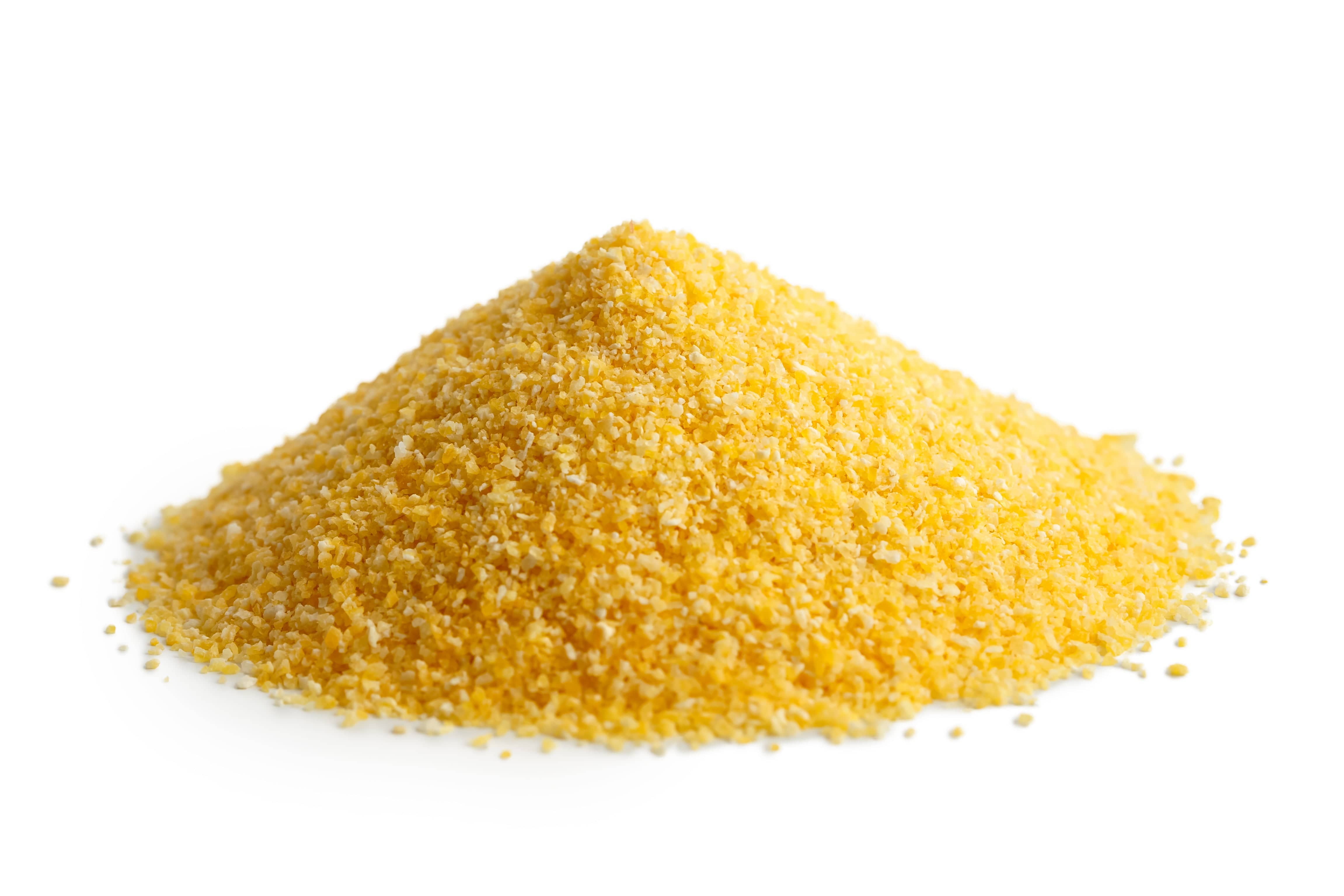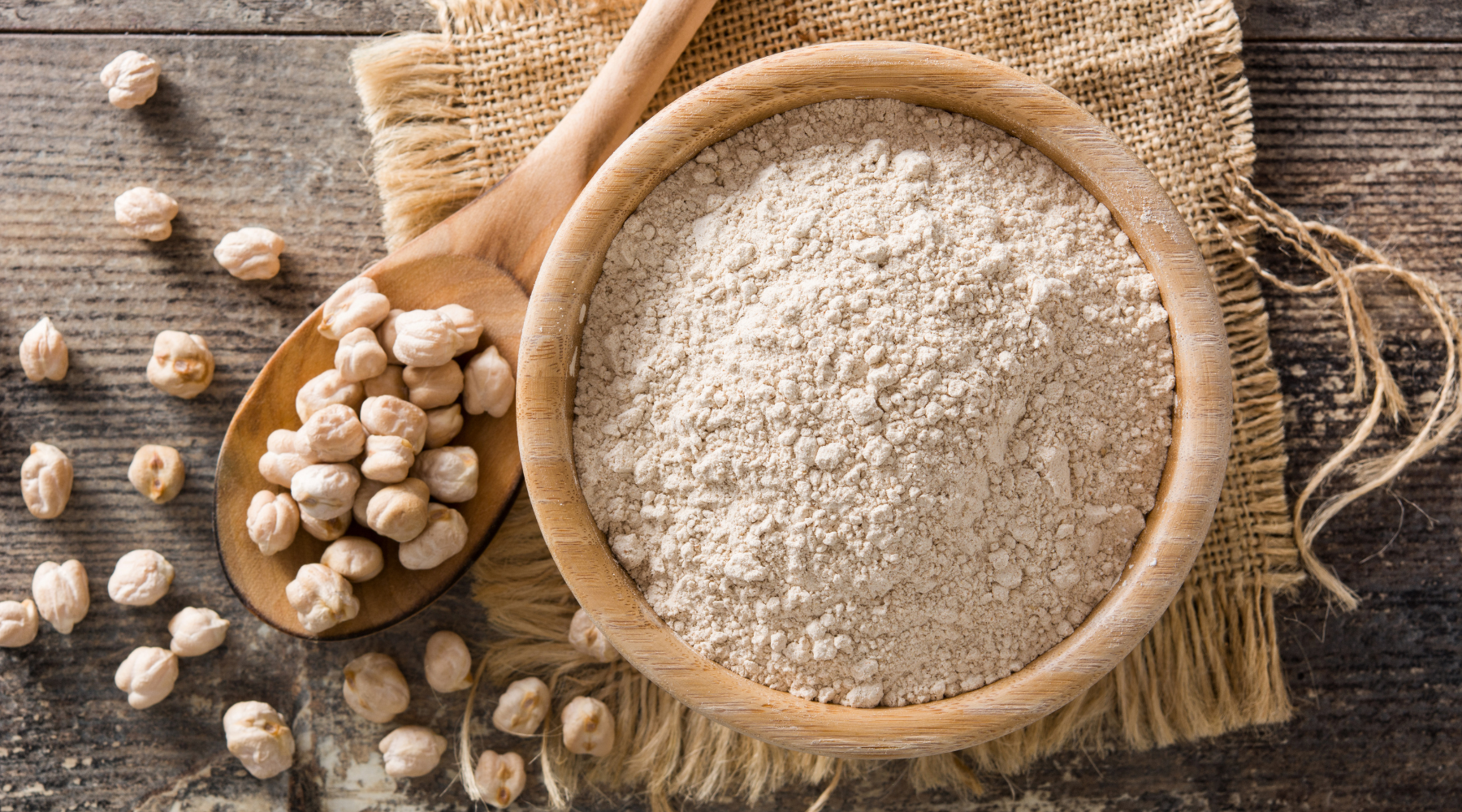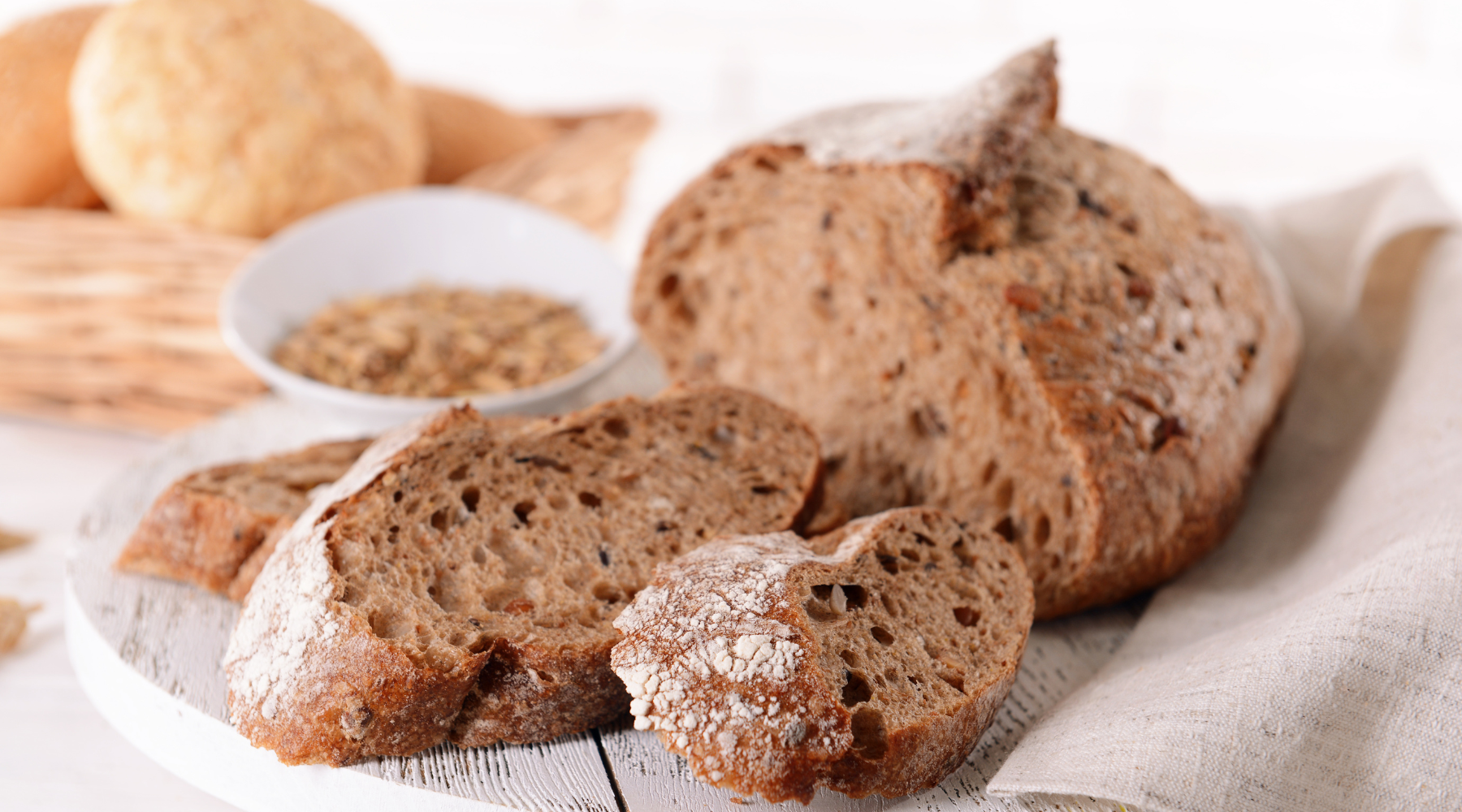same same, but different
Although wheat germ and wheat bran may sound like exactly the same thing (we totally excuse you if you thought this!), and contain many of the same nutrients, they are actually two different ingredients with distinct properties, benefits, and uses.
Wheat germ and wheat bran are by-products of milling wheat to produce fine, smooth white flour. However, these two by-products are not good for nothing; they are often used in cooking and baking thanks to their high nutritional profiles and the benefits they offer.
But which one is best for you? Which one works best for baking?
Let's compare wheat germ vs. wheat bran below to find out!
Wheat germ vs. Wheat bran: At a quick glance
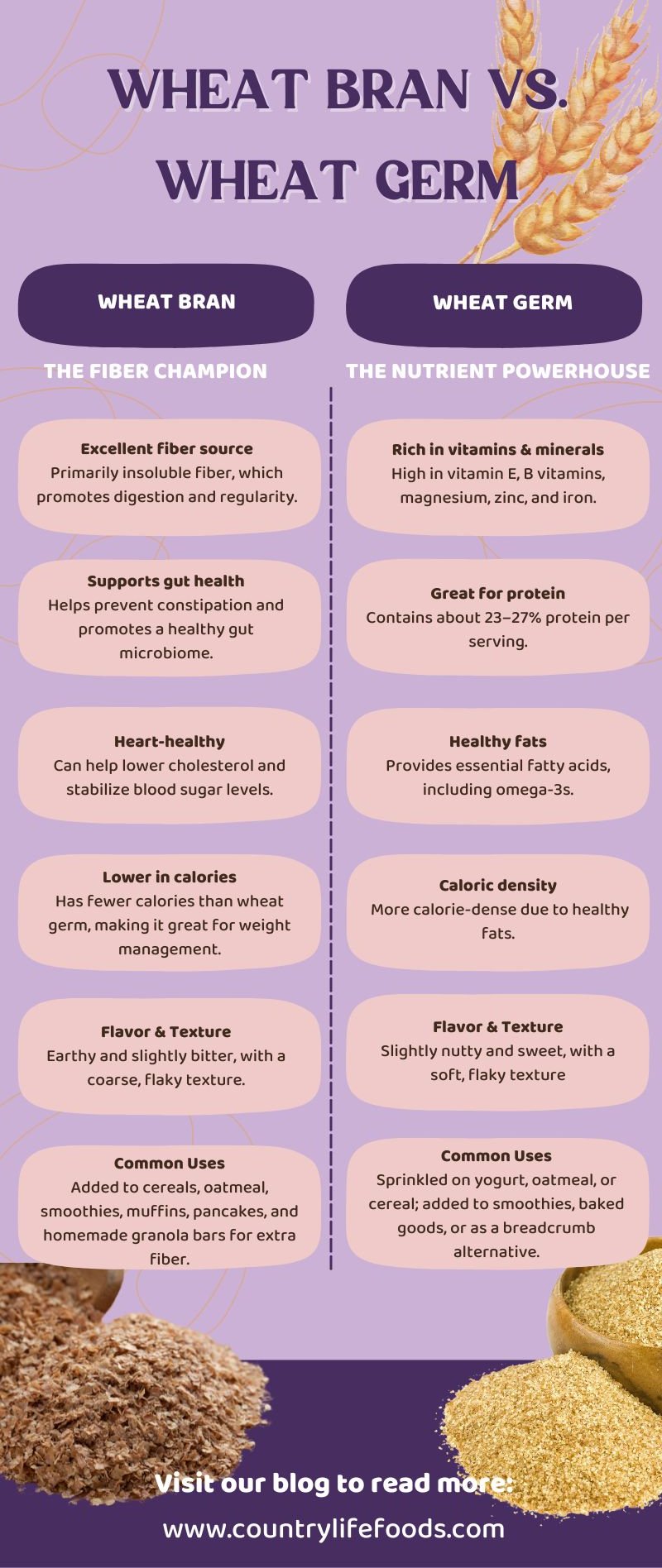
Wheat germ and wheat bran both offer excellent health benefits but serve different purposes in nutrition and culinary uses. Below is a quick recap of their differences, which we share more about in this blog post.
Wheat Bran
- Excellent fiber source: Primarily insoluble fiber, which promotes digestion and regularity.
- Supports gut health: Helps prevent constipation and promotes a healthy gut microbiome.
- Heart-healthy: Can help lower cholesterol and stabilize blood sugar levels.
- Lower in calories: Has fewer calories than wheat germ, making it great for weight management.
- Flavor & Texture: Earthy, nutty, sweet and sometimes slightly bitter, with a coarse, flaky texture.
- Common Uses: Bread, muffins, pancakes, and homemade granola bars for extra fiber and it's sweet taste.
Wheat Germ
- Rich in vitamins & minerals: High in vitamin E, B vitamins, magnesium, zinc, and iron.
- Great for protein: Contains about 23–27% protein per serving.
- Healthy fats: Provides essential fatty acids, including omega-3s.
- Antioxidants: High in vitamin E, which supports skin, hair, and immune health.
- Caloric density: More calorie-dense due to healthy fats.
- Flavor & Texture: Slightly nutty and roasted with a crunchier texture.
- Common Uses: Sprinkled on yogurt, oatmeal, or cereal; added to smoothies, baked goods, or as a breadcrumb alternative.
wheat germ vs. wheat bran - The differences
Composition
Wheat bran
Wheat bran is the outer layer or shell of the wheat kernel removed during milling, making up about 14% of the whole grain's composition.
Wheat germ
The wheat germ is the heart (or embryo) of the wheat kernel that grows into a new wheat plant. It is the smallest part, making up only about 3% of the grain's composition.
Flavor and Texture
Wheat bran
Wheat bran has a distinctly sweet and nutty flavor with a flaky texture.
Wheat germ
Wheat germ has a nutty, roasted flavor and crunchy texture.
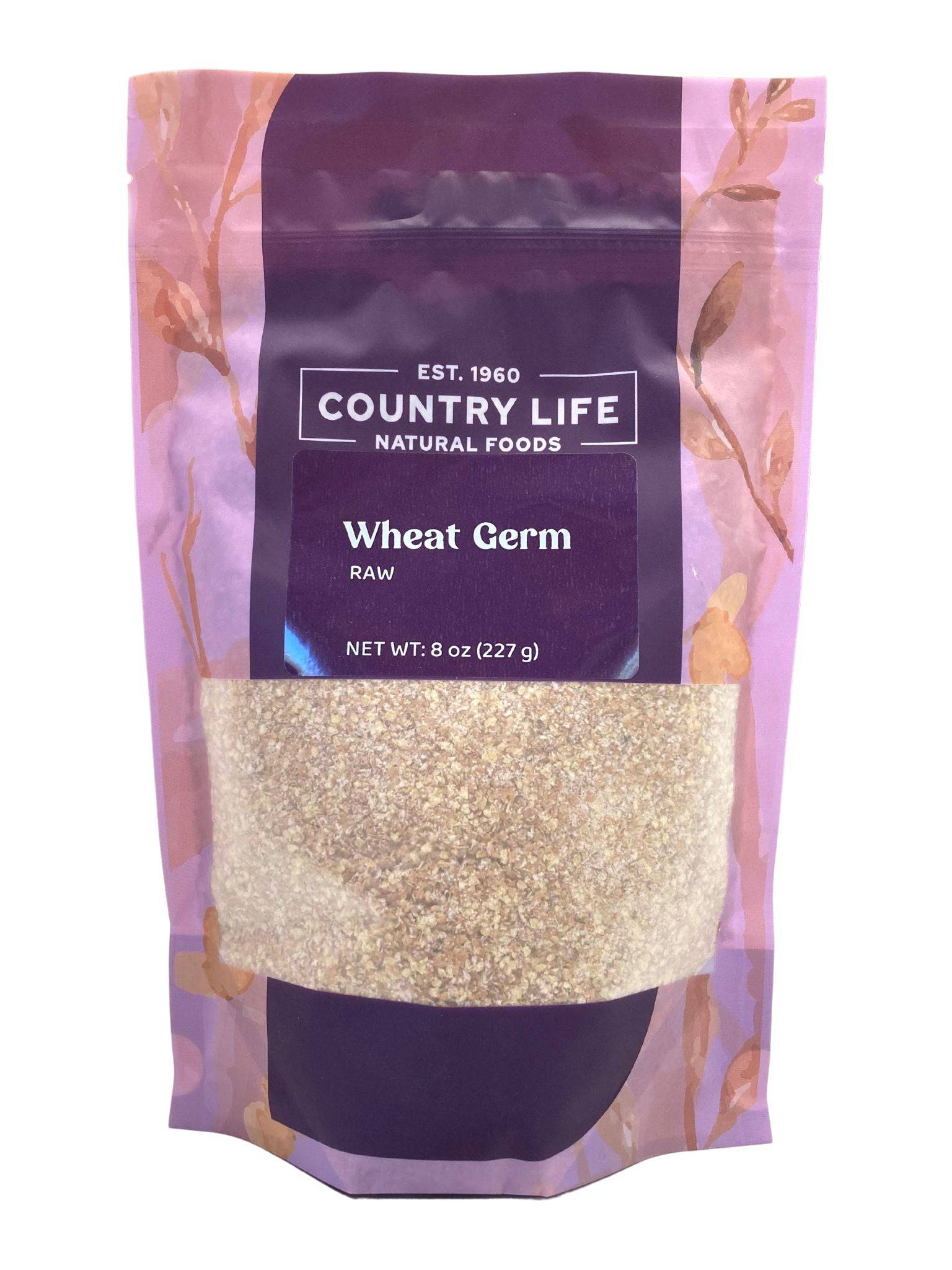
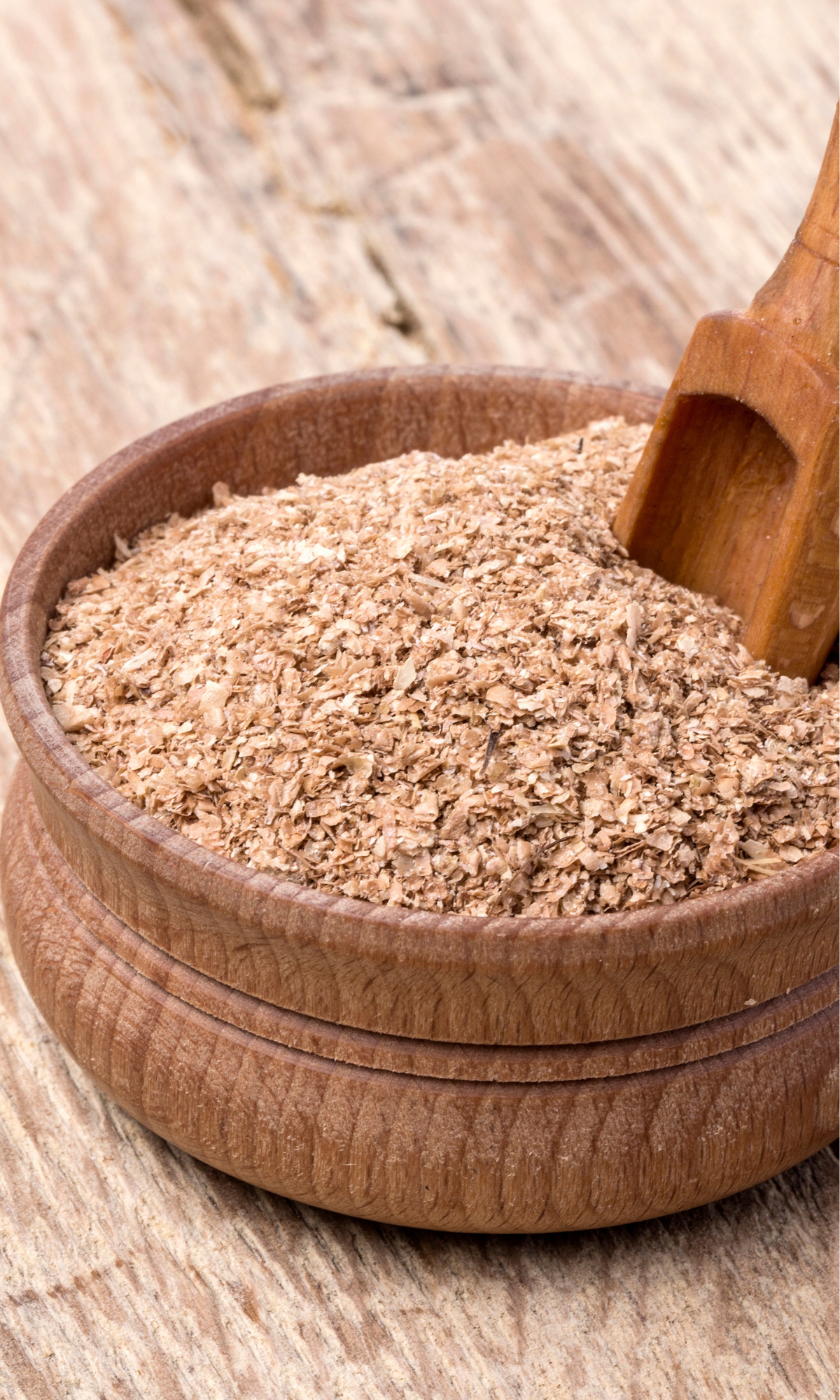
Nutritional Composition
Wheat bran
Wheat bran is three times richer in fiber and has more niacin than wheat germ.
It also contains phytochemicals, vitamin B6, riboflavin, potassium, iron, magnesium, and phosphorus.
Nutritional values for 50g of wheat bran:
Calories: 108
Fat: 2.1 g
Carbohydrates: 32 g
Dietary fiber: 21 g
Sugar: 0,2 g
Protein: 7.8 g
Wheat germ
Wheat germ is the healthiest and most nutrient-rich part of the kernel among the three main layers - germ, bran, and endosperm.
It is richer in protein than wheat bran and contains fiber, healthy fats, antioxidants, and various vitamins and minerals, including vitamin E, vitamin B1 (thiamin), folate, and zinc.
Nutritional values for 50g of wheat germ:
Calories: 180
Fat: 4.9 g
Carbohydrates: 26 g
Dietary fiber: 6.6 g
Protein: 12 g
Sodium: 6mg
Health Benefits
Wheat bran
Being a rich source of dietary fiber, particularly insoluble fiber, wheat bran can:
- Help promote digestive health and prevent constipation.
- Prevent or reduce the risk of colon diseases, stomach and breast cancer, gallbladder disease, and hemorrhoids.
- Wheat bran can also assist with high cholesterol, high blood pressure, and type 2 diabetes.
Wheat germ
- Thanks to its vitamin B content and zinc, it can boost immunity and fight viruses.
- Wheat germ also promotes heart health and healthy cholesterol levels due to its lower fat content than other plant food types.
- Vitamin E provides antioxidants that help fight free radicals that speed up aging.
- Its fiber content also assists with healthy digestion and constipation.
-v1679313023263.png?1440x2000)
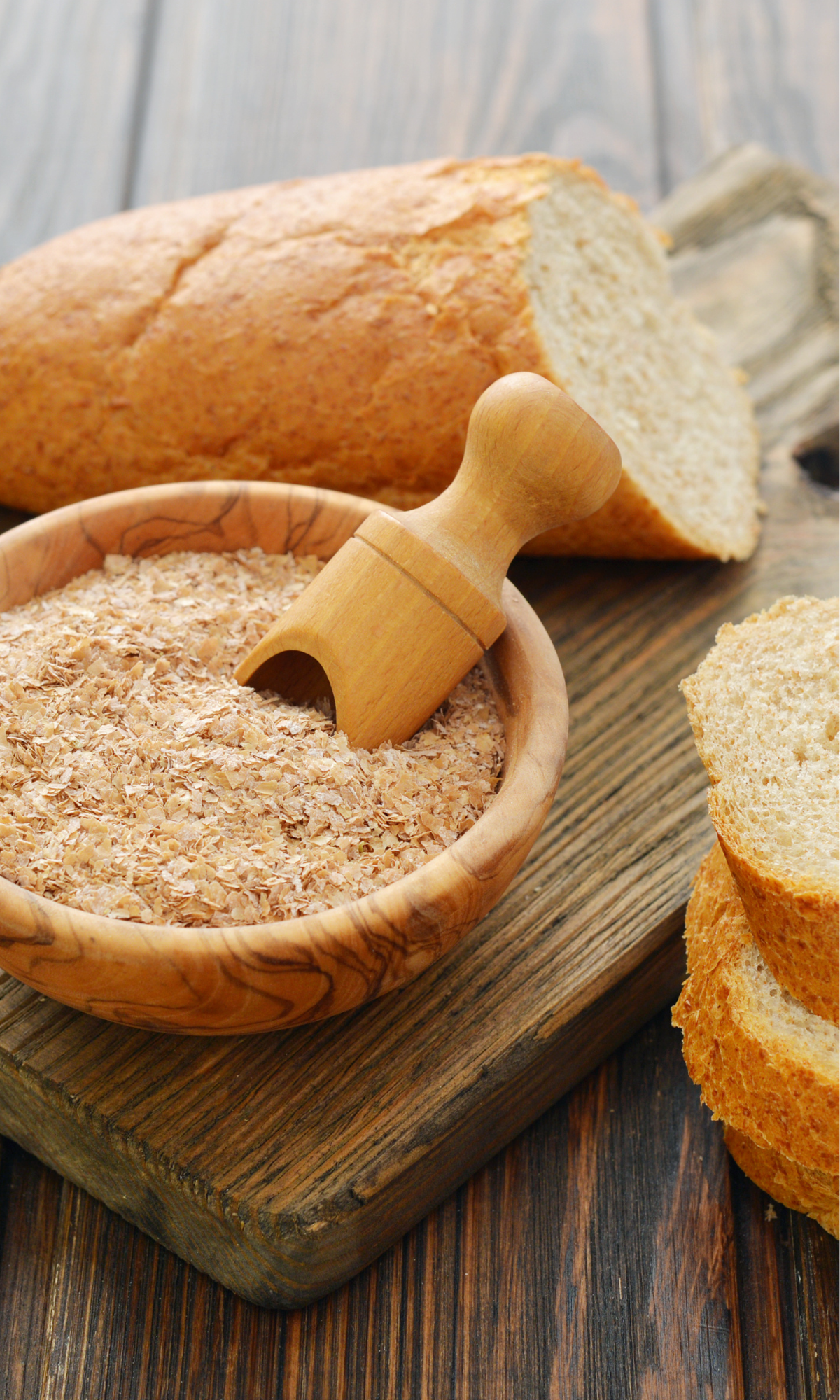
Uses
Wheat bran
Due to its sweet taste, wheat bran is often used in bread and other baked goods like muffins and cookies. The increased fiber will make you feel full and satisfied for longer periods.
Wheat germ
Being high in protein, it is often added to smoothies, yogurt, oatmeal, pancakes, meatballs, or topping for salads and other dishes to increase protein intake.
Substitutes
Since wheat germ and bran come from the same plant, their flavors are very similar. They can be used interchangeably in recipes and dishes.
Just keep in mind wheat bran is less flavorful than wheat germ, so you might have to adjust other ingredients in your recipe to compensate for the loss of flavor.
If you struggle to find these two products in your local shop, have celiac disease or gluten allergies, or are on a low-carb diet, you may search for alternative options.
Substitutes for wheat germ and wheat bran include:
- Oat bran
- Rye bran
- Rice bran
- Wheat bran
- Ground flax seed or flax meal (the best for baking recipes)
- Almond meal
- Cornmeal
For Baking
Both wheat bran and wheat germ can be used in baking, but they serve different purposes:
Wheat bran
- Best for adding fiber & texture
- Makes baked goods denser & heartier
- Great for muffins, quick breads, pancakes, and granola bars
- Can absorb moisture, so recipes may need extra liquid
- Best for: Whole grain breads, bran muffins, hearty cookies, fiber-rich baked goods
Wheat Germ
- Adds nutrients & a mild nutty flavor
- Lighter texture—doesn't make baked goods as dense
- Works well in cookies, muffins, cakes, and crusts
- Can be used as a topping for a crispy finish
- Best for: Lighter baked goods, breading for chicken or fish, mixing into batters for extra nutrition
So, which is healthier, wheat bran or wheat germ?
- If you need more fiber → Wheat Bran
- If you need more nutrients & protein → Wheat Germ
- If you’re looking for heart health & blood sugar control → Wheat Bran
- If you want overall nutrition, antioxidants & healthy fats → Wheat Germ
- If you prefer a nuttier, softer texture → Wheat Germ
- If you like a heartier, more fibrous texture → Wheat Bran
For a balanced diet, try using both—wheat germ for added nutrition and wheat bran for fiber!
